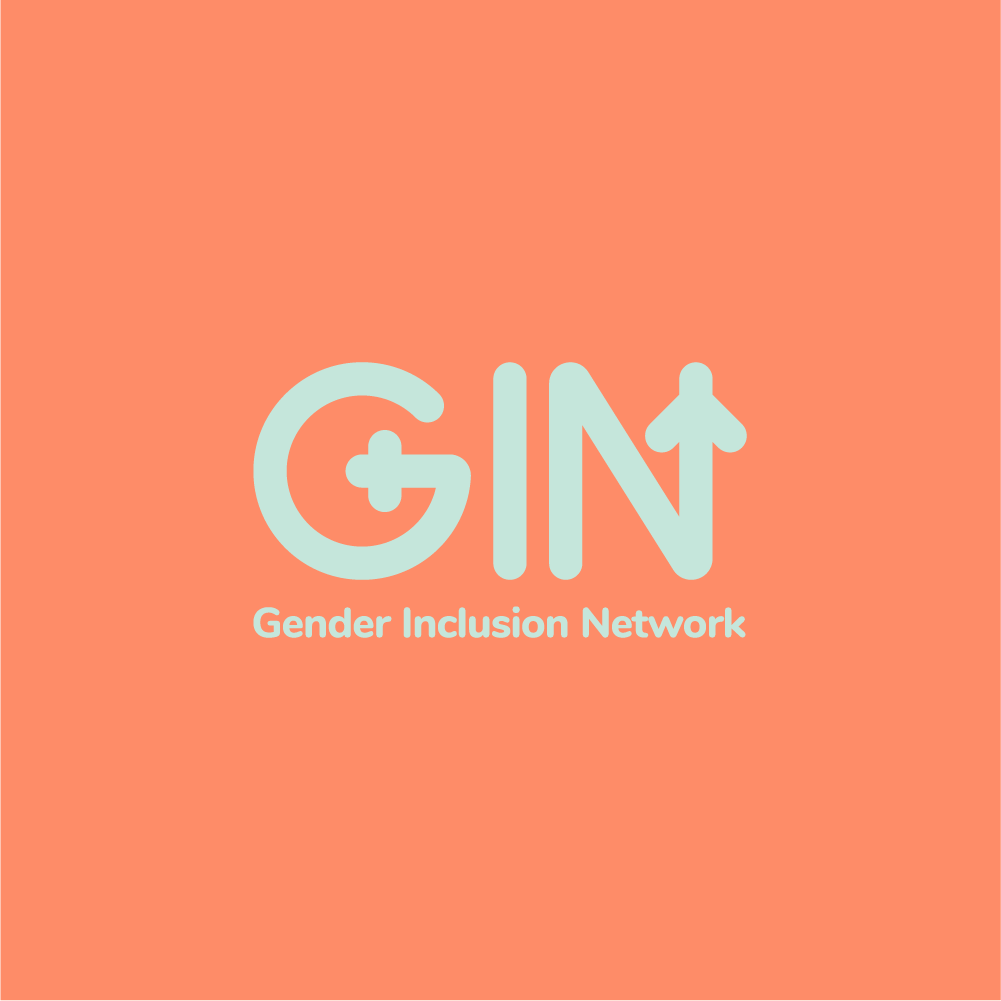
Advocating for the adoption of gender pronouns in the insurance industry.







Gender pronouns are the pronouns that people choose to use for themselves. It’s important to remember that this goes beyond binary references of “she” and “he” but is inclusive of those who do not self-identify as male or female.
Gender pronouns are for everyone.
A gender pronoun is "the pronoun that a person chooses to use for themselves" to describe their gender. That can mean that even if a person was assigned female at birth (known as AFB), they may use masculine pronouns to describe themselves, depending on what suits their gender expression. People may also choose to use gender-neutral pronouns such as “they, them and theirs” and neo pronouns such as ze, xe, and sie.
Gender pronouns and their role in making our language fully inclusive
Type
Feminine
Name
She, her, hers
Example
She went to the store.
I spoke to her.
It was her apple.
Masculine
He went to the store.
I spoke to him.
It was his apple.
He, him, his
They went to the store.
I spoke to them.
It was their apple.
Gender neutral
They, them, their
Neo pronouns
Ze finished zir book. It’s zir time to do the dishes.
Xe called yesterday. I’m staying with xem. That’s xeir jacket.
Ze, zir/zem, zirs, zes
Xe/ xem/ xeir
Adopting gender pronouns in email signatures & social media profiles.
The use of gender pronouns is important for everyone to understand as it signifies your support, respect and understanding for the fact that peoples gender is fluid. Even if you identify as a cisgender person, by making your gender pronouns known, you are signifying how you view yourself, and in turn how you would like to be viewed by the world. This makes it a much easier conversation for those who do not identify as cisgender.
LGBT+ Inclusion Consultant Gina Battye says: "Including pronouns in your email signature and social media profiles is an important move towards inclusivity. It shows you care about individuals preferences and is a simple solution to accidental misgendering."
This content has been produced by reading a number of different resources in our mission to become better allies. If there is anything on this page you believe to be inaccurate, please do get in touch so we can try and improve our understanding.

